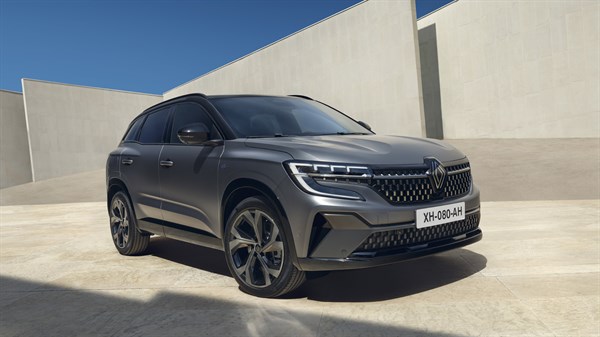E-TECH TERMINOLOGY

E-Tech technology
Find all the useful definitions for E-Tech 100% electric, E-Tech full hybrid and E-Tech plug-in hybrid technology components.
A
B
C
D
E
H
K
R
T
U
W